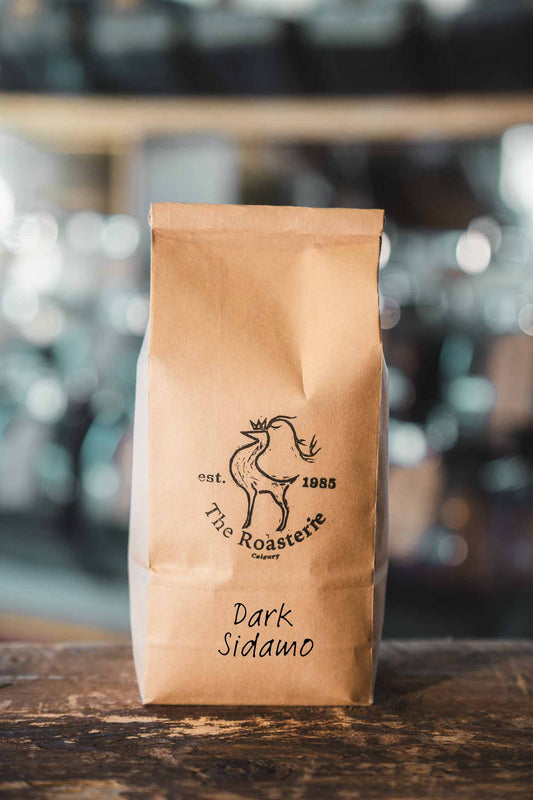
The Natural Process: How Coffee Gets Its Sweet, Fruity Flavour
If you’re a coffee enthusiast, you’ve probably heard the term “natural process” thrown around. But what does it actually mean?
Well, it’s one of the oldest methods of processing coffee, and it’s all about letting nature do most of the work.
The result? A coffee that’s often packed with fruity, sweet, and complex flavours.
Let’s break it down.
What Is the Natural Process?
The natural process is also known as the dry process. It begins right after the coffee cherries are harvested. Instead of removing the fruit from the coffee beans right away, the whole cherries are laid out to dry in the sun. Farmers spread them out on patios, raised beds, or even tarps—whatever works best—and carefully turn them regularly to ensure they dry evenly.
The goal here is to let the cherries dry until the coffee beans inside reach the perfect level of moisture. This usually takes two to four weeks. During this time, the fruit around the beans ferments and breaks down naturally, allowing sugars and flavours from the cherry to soak into the coffee bean. Once dried, the hard, shrivelled fruit is removed, leaving behind the green coffee beans that will later be roasted.
Why Choose the Natural Process?

The natural process is popular in regions where water is scarce, like Ethiopia or Brazil. It’s also a sustainable choice since it doesn’t rely on large amounts of water like other methods. But the real highlight? The flavour. The coffee beans spend weeks soaking up the fruit’s sugars, the final cup often bursts with fruity and berry-like notes. Think strawberry, blueberry, or even tropical fruit vibes. It’s like sipping on a little piece of summer — even if it’s the dead of winter.
That said, this method isn’t without its challenges.
Drying coffee cherries requires constant attention. If they aren’t turned frequently, or if rain hits during the drying process, the cherries can develop mould or unwanted flavours. This makes the natural process a labour of love, requiring skill, patience, and maybe a good weather app.

How Does It Compare to Honey and Washed Processes?
If natural process coffee is like letting nature run the show, the honey process is a bit more hands-on. In the honey process, the outer skin of the cherry is removed, but the sticky fruit pulp (“honey”) is left on the beans during drying. This results in a less fruity flavour than the dry process, but still sweeter and more complex than washed coffee.
The washed process, on the other hand, takes a completely different approach. After harvesting, the fruit is stripped from the beans almost immediately, and the beans are fermented in water to remove any remaining pulp. The result is a sharper, brighter cup where the coffee’s inherent characteristics shine without the influence of the fruit.

So, which coffee are you trying next?
The natural process is a beautiful example of how something as simple as drying coffee cherries can transform the flavour of your morning brew. It’s bold, fruity, and perfect for those who love unique, adventurous coffee profiles. If you’ve never tried a natural-processed coffee, it’s time to give it a go. You might just find a new favourite.
And if you’re curious, why not compare it to honey or washed coffees? Each process tells its own story and brings something special to the table. That’s the beauty of coffee—there’s always more to explore in every cup. So, grab a mug, take a sip, and let the adventure begin!
-
Ethiopia Harrar
Regular price $26.00 CADRegular priceUnit price / per -
Dark Sidamo
Regular price $25.00 CADRegular priceUnit price / per -
Kenya Sondhi
Regular price $27.00 CADRegular priceUnit price / per




